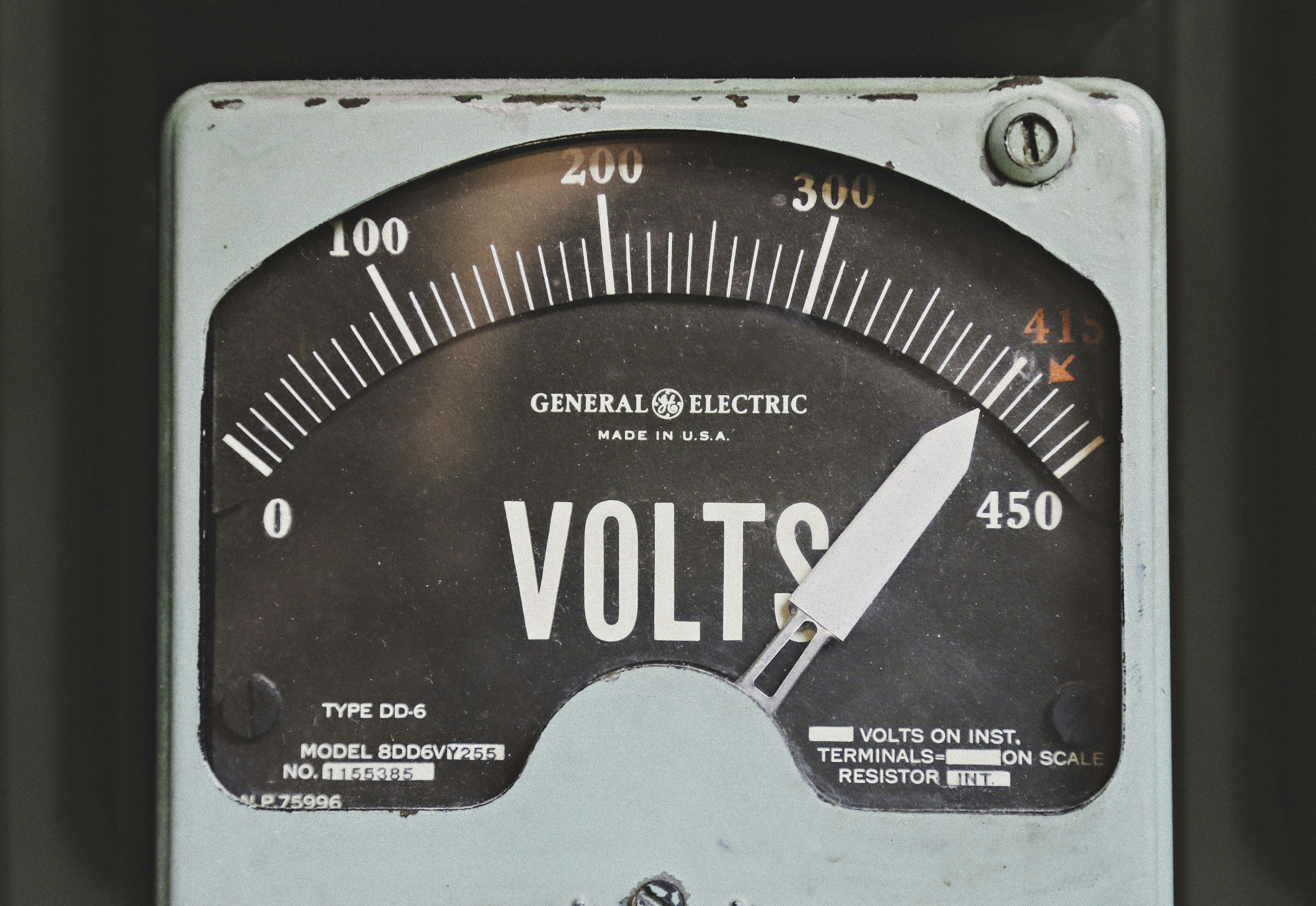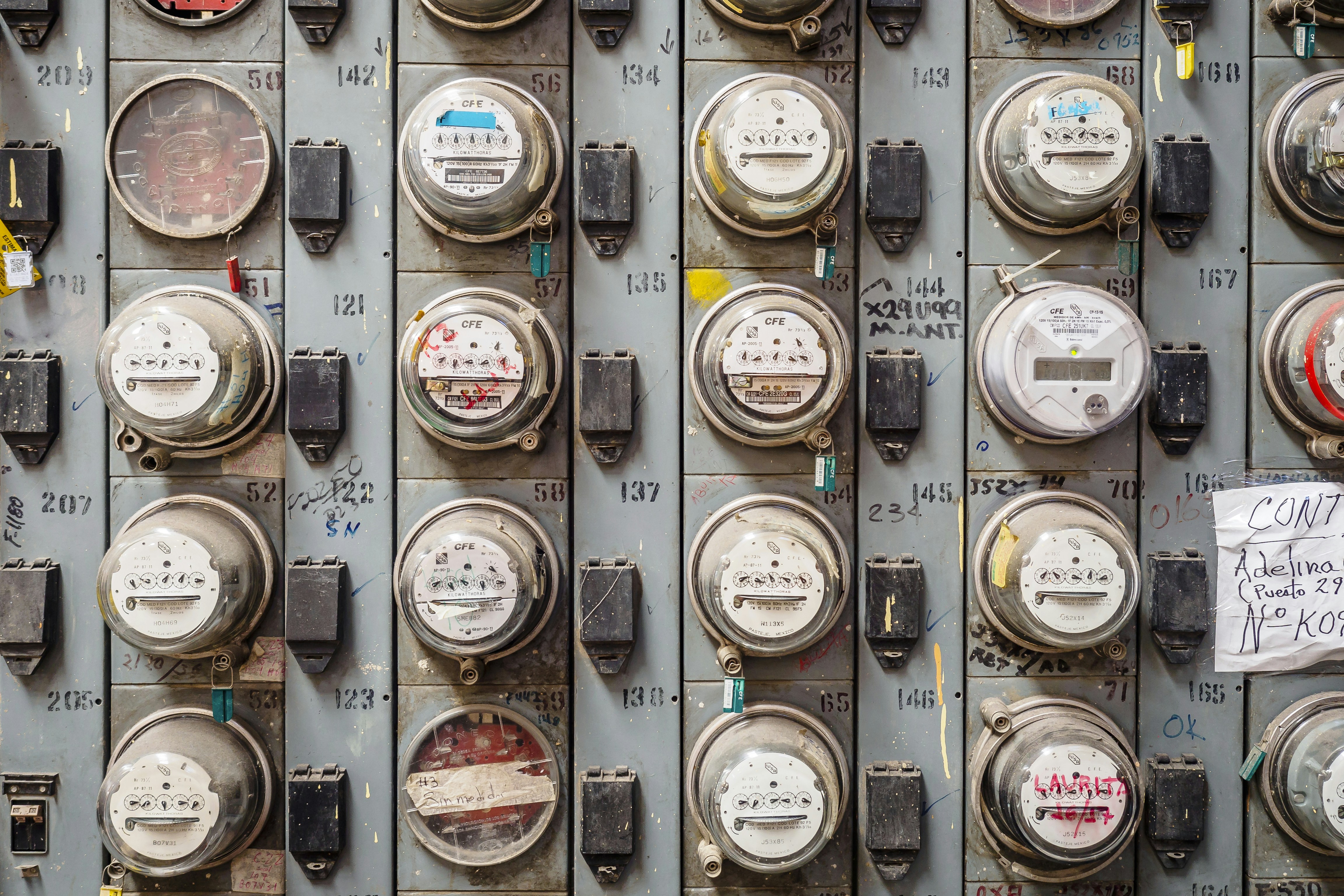In this article, we will explore the topic of how much electricity a wine fridge uses. You will learn about the factors that affect energy consumption in wine fridges, such as size, insulation, and temperature settings. We will also discuss energy-efficient options and tips for reducing your wine fridge’s electricity usage. By the end of this article, you will have a better understanding of the impact that a wine fridge has on your electricity bill.
What is a wine fridge?
A wine fridge, also known as a wine cooler, is a specialized refrigerator designed to store and age wine at the optimal temperature and humidity levels. It is different from a regular refrigerator because it is specifically designed to meet the unique needs of wine storage.
Definition of a wine fridge
A wine fridge is a compact and controlled environment that maintains a consistent temperature, typically between 45°F and 65°F, and humidity levels between 50% and 80%. It provides the ideal conditions for wine to age gracefully and develop its optimal flavor and aroma.
Purpose of a wine fridge
The purpose of a wine fridge is to provide an environment that protects and preserves the quality of wine. Wine is extremely sensitive to temperature fluctuations, light exposure, and vibrations, which can negatively impact its taste and composition over time. A wine fridge ensures a stable and consistent environment, allowing wine to reach its full potential.
Factors affecting electricity usage of a wine fridge
Several factors can influence the electricity usage of a wine fridge. By understanding these factors, you can make informed decisions to minimize the energy consumption of your wine fridge.
Temperature settings
The temperature settings of a wine fridge play a significant role in its electricity usage. The lower the temperature setting, the more energy it will consume to maintain that temperature. It is recommended to set your wine fridge at the appropriate temperature for the wine you are storing, balancing energy efficiency with ideal storage conditions.
Insulation quality
The insulation quality of a wine fridge is essential for maintaining a stable internal temperature. A well-insulated wine fridge will require less energy to cool itself, as it prevents external heat from seeping in. Look for wine fridges with high-quality insulation materials to help reduce electricity usage.
Frequency of door opening
The frequency of opening the wine fridge door can impact its electricity consumption. Every time the door is opened, warm air enters the fridge, and the cooling system has to work harder to bring the temperature back down. Minimizing unnecessary door opening can help reduce energy usage.
Amount of wine bottles stored
The number of wine bottles stored in a wine fridge can also affect its electricity usage. A wine fridge with fewer bottles will have less thermal mass to cool. On the other hand, a fully stocked wine fridge will require more energy to maintain the desired temperature. It is recommended to keep your wine fridge adequately filled but not overcrowded for optimal energy efficiency.
Average electricity consumption of a wine fridge
The average electricity consumption of a wine fridge can vary depending on several factors, including the model, energy efficiency rating, and operating costs.
Diverse electricity usage among different models
Different wine fridge models have varying energy consumption levels. Some models are designed to be more energy-efficient, using less electricity to achieve the same cooling capacity. When purchasing a wine fridge, it is advisable to compare energy consumption ratings to choose a model that suits your needs while minimizing electricity usage.
Energy efficiency rating
Wine fridges are typically labeled with energy efficiency ratings to provide consumers with information about their energy consumption. These ratings range from A+++ (most efficient) to G (least efficient). Choosing a wine fridge with a high energy efficiency rating can help reduce your electricity bill in the long run.
Operating costs
The operating costs of a wine fridge depend on several factors, including the electricity rate in your area and the usage pattern of the fridge. By calculating the monthly and yearly operating costs, you can get a better understanding of the financial implications of owning a wine fridge.
Calculating electricity usage of a wine fridge
Calculating the electricity usage of a wine fridge involves considering its wattage and voltage specifications, as well as estimating the hourly, monthly, and yearly energy consumption.
Wattage and voltage specifications
The wattage and voltage specifications of a wine fridge can provide valuable information about its power usage. The wattage indicates how much electrical power the fridge consumes, while the voltage specifies the electricity supply it requires. By multiplying the wattage by the number of hours the fridge runs per day, you can estimate the daily energy consumption.
Hourly energy consumption
To calculate the hourly energy consumption of your wine fridge, divide the total daily energy consumption by the number of operating hours. This calculation will give you an idea of how much electricity your wine fridge uses on an hourly basis.
Monthly and yearly energy usage
To estimate the monthly energy usage, multiply the daily energy consumption by 30 (assuming a 30-day month). Similarly, to estimate the yearly energy usage, multiply the daily energy consumption by 365. These calculations can help you assess the long-term energy costs associated with operating a wine fridge.
Tips to reduce electricity usage of a wine fridge
To minimize the electricity usage of your wine fridge, consider implementing the following tips:
Optimal temperature settings
Set your wine fridge at the appropriate temperature for the wines you are storing. Avoid setting it colder than necessary, as this will increase energy consumption.
Proper maintenance and cleaning
Regularly clean and maintain your wine fridge to ensure proper functioning. Dust or debris on the condenser coils can reduce efficiency and increase energy usage.
Organizing wine bottles efficiently
Arrange your wine bottles in a way that allows for proper airflow inside the fridge. This will help the cooling system work more efficiently and reduce energy consumption.
Environmental impact
Understanding the environmental impact of a wine fridge is vital, considering the increasing focus on sustainability and energy conservation.
Comparison to other household appliances
Compared to other household appliances, wine fridges generally have lower electricity consumption. However, the cumulative energy usage of multiple wine fridges can still have an impact on the environment.
Sustainable alternatives
If you are concerned about the environmental impact of a wine fridge, there are sustainable alternatives available. For example, you can consider using a wine cellar or a temperature-controlled cabinet, which rely on natural climate control methods rather than electricity.
Advantages and disadvantages of a wine fridge
Before investing in a wine fridge, it is essential to consider both the advantages and disadvantages associated with it.
Preservation of wine quality
One of the significant advantages of a wine fridge is its ability to preserve the quality of wine. By creating optimal storage conditions, it allows wine to age gracefully and retain its flavor and aroma.
Additional costs and space requirements
However, wine fridges come with additional costs in terms of electricity usage and the initial investment. They also require dedicated space in your home, which may not be feasible for everyone.
Conclusion
The electricity consumption of a wine fridge depends on various factors such as temperature settings, insulation quality, door opening frequency, and the number of wine bottles stored. By considering these factors and implementing energy-saving measures, you can minimize the electricity usage of your wine fridge. It is important to choose an energy-efficient model with a high energy efficiency rating to reduce both environmental impact and operating costs. By using your wine fridge consciously and opting for energy-efficient models, you can enjoy your favorite wines while also promoting sustainability.



